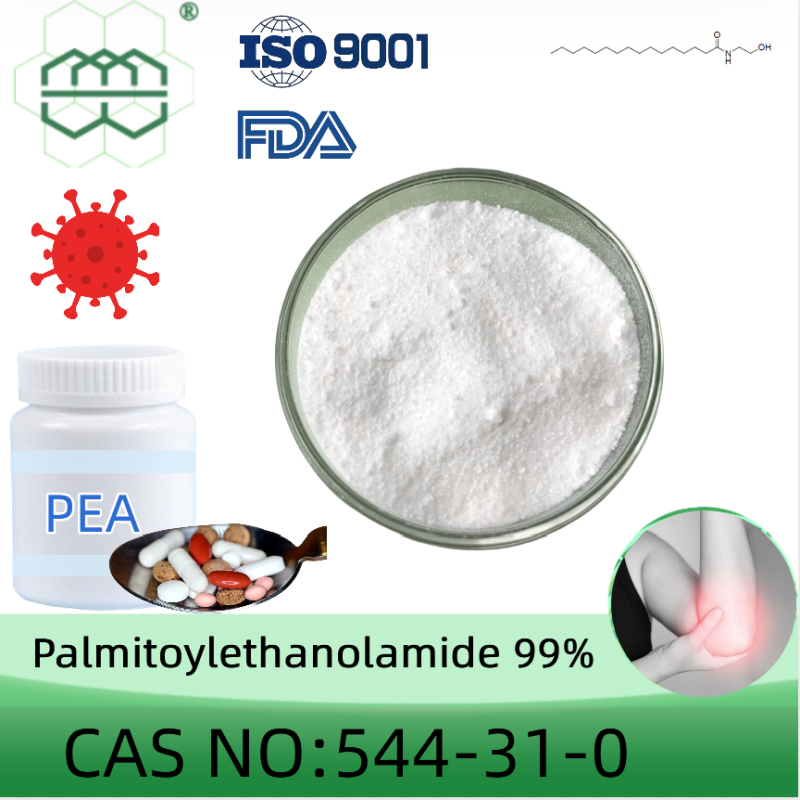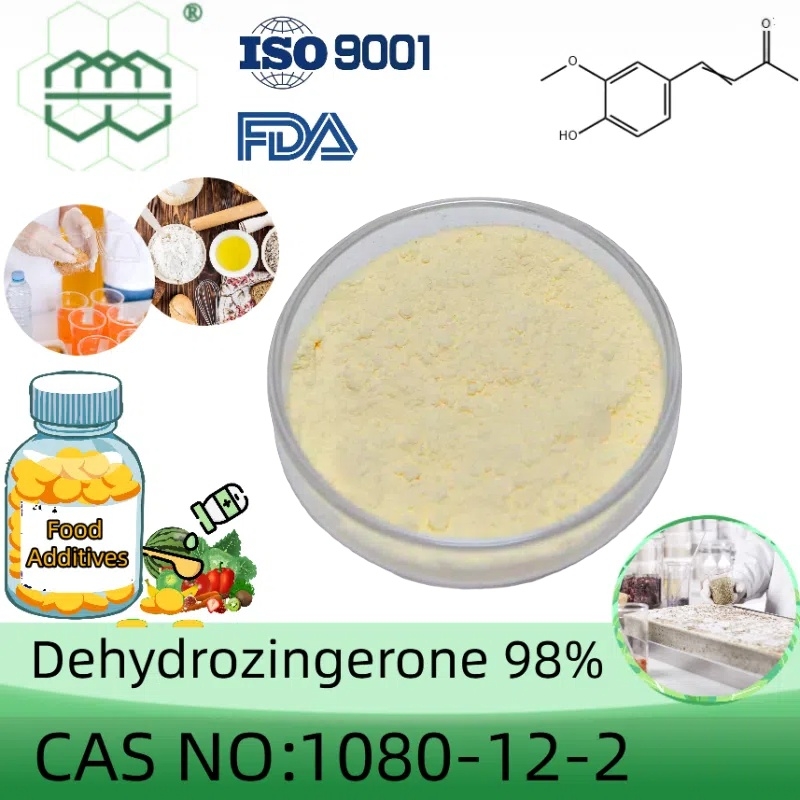-
Categories
-
Pharmaceutical Intermediates
-
Active Pharmaceutical Ingredients
-
Food Additives
- Industrial Coatings
- Agrochemicals
- Dyes and Pigments
- Surfactant
- Flavors and Fragrances
- Chemical Reagents
- Catalyst and Auxiliary
- Natural Products
- Inorganic Chemistry
-
Organic Chemistry
-
Biochemical Engineering
- Analytical Chemistry
-
Cosmetic Ingredient
- Water Treatment Chemical
-
Pharmaceutical Intermediates
Promotion
ECHEMI Mall
Wholesale
Weekly Price
Exhibition
News
-
Trade Service
| Research reveals that different anthocyanins affect freshness monitoring labels |
Researchers have developed different types of smart packaging technologies, including data carriers, sensors, and indicators (such as freshness monitoring labels)
.
Among them, the freshness monitoring label can directly reflect the quality of the food and the change of the environment by observing the change in the color of the label, without the aid of precision instruments
The specific pH-dependent color and structure change ability of anthocyanins makes it very suitable as a raw material for the preparation of pH indicators
.
Since changes in food quality are usually accompanied by changes in pH, anthocyanin-based pH indicators have great potential in real-time monitoring of food freshness
Recently, Liu Jun, a professor at the School of Food Science and Engineering of Yangzhou University, published a research paper online in "Food Gel"
.
Researchers extracted flowers from 14 plants (blackberry, blueberry, black eggplant, black brin, black soybean, cranberry, bayberry, grape, Lonicera edulis, wolfberry, mulberry, purple cabbage, purple rice and purple sweet potato) Penicillin
.
The obtained anthocyanin-rich extract is fixed in a starch/polyvinyl alcohol matrix to develop smart packaging labels for pork and shrimp freshness monitoring
The results showed that the total phenol content and total anthocyanin content of 14 kinds of plant extracts were between 156.
84~423.
89?mg/g and 34.
15~228.
62?mg/g, respectively
.
The microstructure characterization revealed that the extract and the matrix interacted through hydrogen bonding, which slightly increased the crystallinity of the label
Related paper information: https://doi.
https://doi.
org/10.
1016/j.
foodhyd.
2021.
107293







